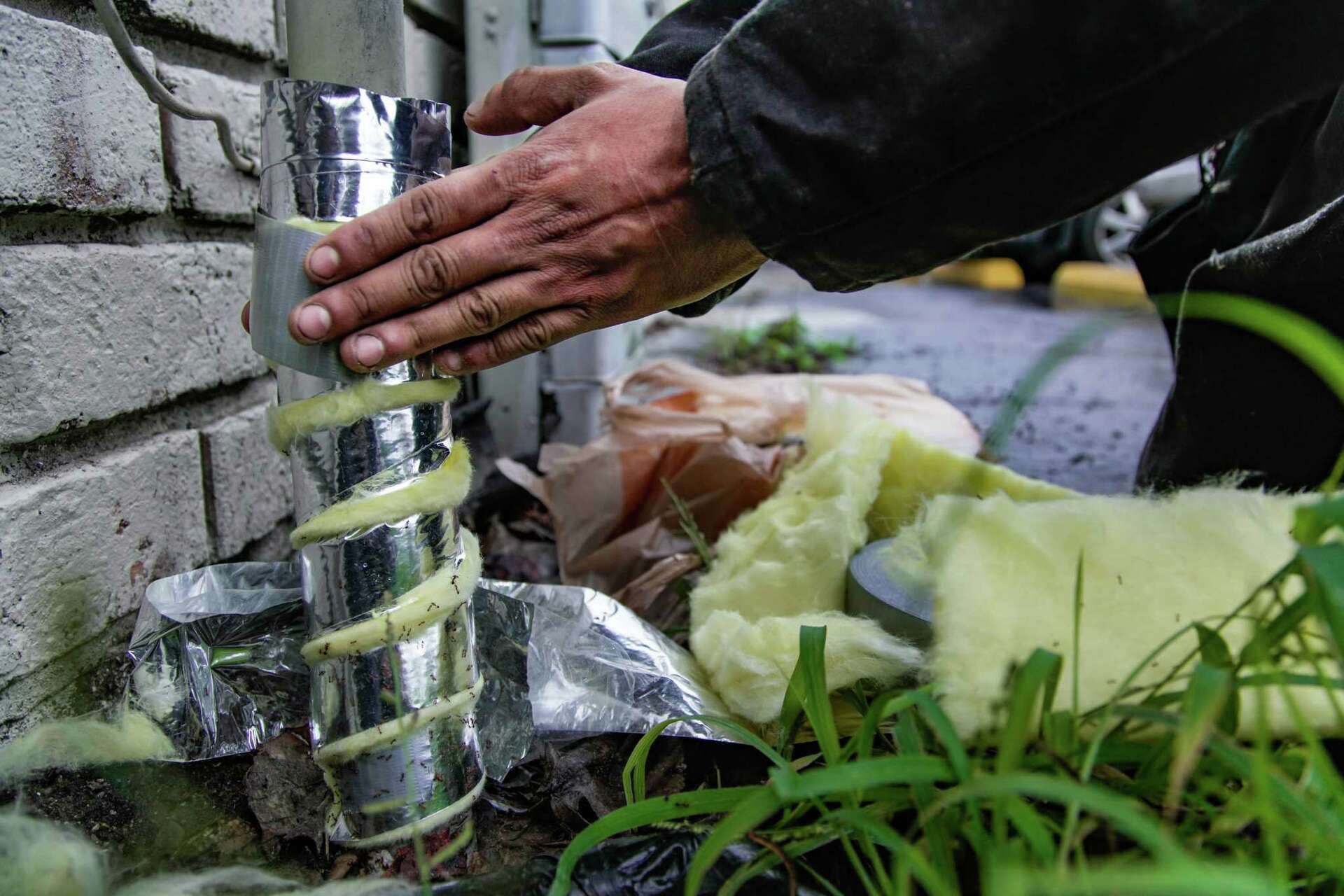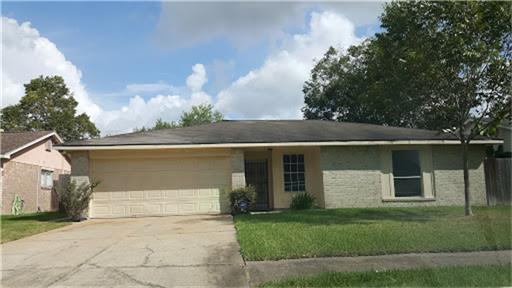Wrapping Exterior Pipes to Prevent Freezing and Damage

Wrapping exterior pipes refers to the process of insulating pipes that are exposed to outdoor elements including water pipes, irrigation systems, and HVAC lines. This involves covering them with insulating materials to protect against temperature changes, moisture, and physical damage. Houston generally has a mild climate, but occasional cold snaps can occur, so taking preventive measures is essential.
Purpose of Wrapping
- Insulation: Helps maintain water temperature and prevent freezing.
- Moisture Barrier: Protects pipes from rain and humidity, reducing the risk of rust and corrosion.
- Physical Protection: Shields pipes from impacts and environmental wear.
- Energy Efficiency : helps maintain water temperature, reducing energy costs for heating water. This is especially beneficial for hot water pipes connected to outdoor fixtures or pools.
- Maintenance and Longevity: extends the lifespan of pipes by protecting them from environmental factors. This reduces the need for frequent repairs and replacements.
- Safety Concerns- Exposed pipes can become hazards, especially if they burst or leak. Wrapping them minimizes the risk of slippery surfaces and potential flooding, keeping the community safer.
- Property Aesthetics: Well-maintained exterior plumbing contributes to the overall appearance of the community. Insulated pipes can look neater and more organized, enhancing curb appeal.
Materials Needed
- Pipe Insulation: Use foam or fiberglass insulation specifically designed for plumbing.
- Weather-Resistant Tape: To secure the insulation.
- Plastic Wrap: For additional moisture protection, especially if pipes are in exposed areas.
- Zip Ties or Pipe Straps: To keep the insulation in place.
Steps to Wrap Pipes
- Locate all exterior pipes that need protection, including those for irrigation systems, spigots, and other plumbing.
- Clean the Pipes and dry before applying insulation.
- Measure the length of the pipes and cut the insulation to size, allowing for overlap.
- Wrap the insulation around the pipes, ensuring a snug fit. For joints and bends, use pre-slit insulation.
- Use weather-resistant tape, zip ties, or pipe straps to secure the insulation, ensuring no gaps are left exposed.
- Wrap plastic around the insulated pipes for extra moisture protection if necessary.
Regularly check the insulation for wear and tear, especially after extreme weather events. Wrapping exterior pipes is an important maintenance step, especially in areas that experience temperature fluctuations or high humidity. Hence wrapping exterior pipes is a proactive step that safeguards both the infrastructure and the interests of homeowners. It promotes a healthier, safer, and more aesthetically pleasing community.









